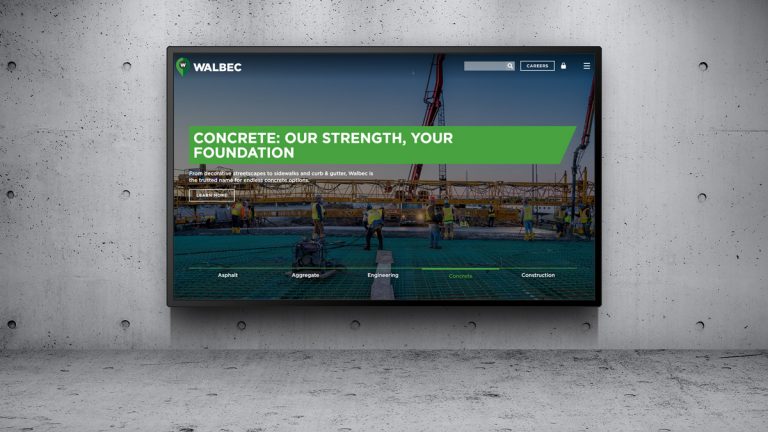Blog post writing has become increasingly complicated with all the talk about search engine optimization, keywords, and market strategies which all play a role in making your content shine on the internet. But how can we write good content and at the same time keep in mind all these things that will help promote your content? Content is just information that thousands of other people on the net are also producing every day which may cause your content to stay hidden. If it’s not equipped with the right keywords and isn’t optimized then no matter how much effort you put into it, it won’t get recognized.

Search Engine Optimization: The Future of Content
SEO-driven content is optimized content for your website or blog which is based on the use of specific keywords that Google recognizes and uses to place your content in the eyes of the reader. Google picks up on many things like the keywords, relativity of the content, plagiarism, tags, meta tags, and many other things. It then decides whether your content should be on the first three search pages of Google or even in the top 3. Some simple strategies to improve your SEO will be discussed today so keep on reading to improve your strategy.
Keywords
Keyword planning is a great place to start when writing blogs as it will give you a general idea of what’s popular and what topic readers are the most interested in. It also lets you know about the demand for your content and how it is interpreted online.
- You can use many websites and plugins for keyword research. ‘Keywords Everywhere is a browser add-on for Chrome & Firefox that shows search volume, CPC & competition on multiple websites.
- Once you have compiled your search terms, you will incorporate them into your blog. Starting with an interesting introduction is a good part of a well-written blog strategy. This intro content is often used by Google as a replacement for your meta description. It should be keyword-rich, but never keyword “stuffed”. You can further include your keywords and keyword variations in the body of the text and develop your blog post around them for the most relevancy.
Type of content
Your target should be a well-written article that will also become valuable for Google. Search intent is very important in content creation as the ultimate goal for a well-written post is to show when the query is presented by a searcher. You have to consider the following items:
- Content type which shows whether it’s a blog post, article, or any other type of a post.
- Content format which shows how that copy is presented, whether through a how-to guide or list posts, comparisons, or reviews.
- Content Angle which determines why Google would have picked this particular website to show as the top result.
Media and Blog Post Writing
Including a video and pictures can help in creating additional engagement for a reader. This further encourages search engines to prioritize your content. Use a photo every 350 words and make sure that at least one of the alt tags includes your focus keywords.
Data-Driven Content
A very important thing when writing a successful post is that your information should be data-driven, unique, and reliable. Every paragraph you write should include information that is valuable to the reader and correlates with the basic topic of the article.
Don’t forget to keep a proper framework, incorporate quotes to support the idea, include and a conclusion that summarized the general purpose of your article.
Reference the top search results for the focus keyword and assure that you have covered all the important key points and expanded on this content with additional information.
Tags and Meta Tags
Each search result is driven by the amount of content, the value of it, keyword density but also meta content. Meta tags and meta descriptions are a key part of your blog writing strategy.
Let’s start with H tags. H1-H6 are heading tags that help google quickly understand the content of your article. You should use them in order. H1 should be equal to your blog post title white H2 tag should support it with keyword variations and additional Google signals. H3-H6 are support tags that should be incorporated into important content headings.
A meta description is often displayed as a search query result to the article shown. It tells Google more about your article and it entices the person searching to click and read more. Meta information is a crucial element of each website design.
Google can read words and the context they are in. The more informative and contextual your content is, Google will recognize it and give it a good ranking on the SRP (Search Result Page). The success of a good article is to write valuable content, structure it well and make sure all your SEO elements have been carefully considered. Have fun writing.




